Photography tips for radio journalists
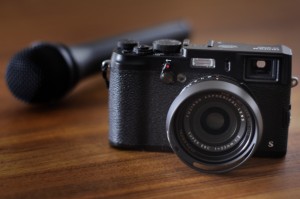 As a radio journalist you’re supposed to produce a story for the ears but your editor may also want you to produce an online version – a story for the eyes.
As a radio journalist you’re supposed to produce a story for the ears but your editor may also want you to produce an online version – a story for the eyes.
It’s a common scenario in newsrooms around the world as broadcast and online newsrooms merge. It means you need to quickly learn new visual storytelling skills in order to adapt your stories for online publication.
While you can find loads of online training resources to help you get started, basic camera skills are only going to take you so far. If you’re required to produce photographs that document the story you’re covering, say an editor is suggesting to bring back eight photographs for a story or picture gallery, then you also need to employ skills from photojournalism.
OnMedia’s Guy Degen offers some tips for radio journalists to help produce strong images for their stories.
![]() read more
read more
Upgrade your camera with a WiFi memory card
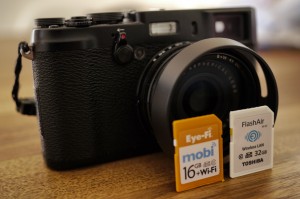 My smartphone has a fantastic camera and it’s a like a digital notebook for documenting events and sharing content, especially photos. But when I want to produce a better quality image, say a portrait of an interview partner, or when I want to work in low light conditions, then I’ll reach for my digital stills camera.
My smartphone has a fantastic camera and it’s a like a digital notebook for documenting events and sharing content, especially photos. But when I want to produce a better quality image, say a portrait of an interview partner, or when I want to work in low light conditions, then I’ll reach for my digital stills camera.
The question is: how do I make my SLR camera as “mobile” as my smartphone so I can transfer images quickly from the camera to another device and share them on the web?
Yes, I can use a USB cable to connect my camera to either my laptop or my iPad or take out the SD card and plug it directly into the computer. But another way is to use a WiFi enabled SD memory card and there are some interesting advantages of using these cards for covering events.
WiFi enabled SD cards have been around for a while now. The WiFi chip inside the card creates its own wireless network, which allows you to connect your camera via the SD card to another device.
In this post I’m going to refer to two Class 10 WiFi SD cards: the Eye-Fi mobi and the Toshiba FlashAir.
![]() read more
read more
Journalists@Work: Oudom Tat
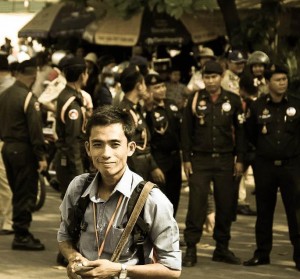 Oudom Tat, 25, is a photojournalist with Voice of Democracy (VOD), one of the few independent media outlets in Cambodia. He was first introduced to the news business at the age of 13 when he started working as a paperboy to help support his family. The Phnom Penh native then went on to teach English and eventually became a project assistant at the Cambodian Center for Independent Media. It was there he discovered his true calling.
Oudom Tat, 25, is a photojournalist with Voice of Democracy (VOD), one of the few independent media outlets in Cambodia. He was first introduced to the news business at the age of 13 when he started working as a paperboy to help support his family. The Phnom Penh native then went on to teach English and eventually became a project assistant at the Cambodian Center for Independent Media. It was there he discovered his true calling.
Oudom also produces radio stories and video pieces, and his film about the shooting of three workers in the Cambodian garment sector was selected as a finalist entry at the 2013 German Development Media Awards. These days though, Oudom is mainly doing what he loves best, taking pictures of news events around Cambodia, which he hopes will help bring about democratic change in the country. He spoke to onMedia about his work.
![]() read more
read more
Keeping it legal: Images licensed through Creative Commons
Let’s say you’ve got a blog or a news website and you want a free image for your article or post. You could just go to Google Images and copy the first one you see but you could well be infringing on someone’s copyright. This isn’t just unfair to the photographer or graphic designer, it could also end up being expensive for you if they demand damages. A legal alternative is to look for images with a Creative Commons (CC) license, which allows you to use the pictures under certain conditions. onMedia’s Kyle James, who’s a CC fan, goes into the details.
![]() read more
read more
35 million images now free for sharing
Getty Images has made a big part of its photo collection free for embedding in non-commercial blogs and sharing via social media.
It’s a very bold move for one the world’s biggest photo agencies, and for an industry that is highly protective of copyright.
Getty says the Internet makes it easy for its images to be used without permission or with proper attribution when people right-click and save a photo from a website or grab a screen shot.
By removing their watermark and making images free for non-commerical use, the photo agency says its images will appear in a custom “Embedded Viewer”: think of YouTube’s embedded player. This “Embedded Viewer” includes the proper copyright information, and when you click on the image, it takes users back to the licensing page on Getty’s website.
![]() read more
read more
Africa through the eyes of African photographers
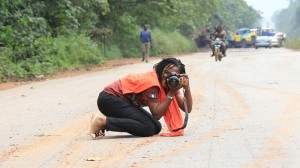 Africa is booming, economically and artistically. And riding on this boom are home-grown African photographers who are capturing alternative images of this rapidly-changing continent. If a picture tells a thousand words, then many photographs taken by Western photographers tell stories of grief and misery. From images of child soldiers brandishing weapons to sickeningly emaciated children, Africa is often portrayed as a continent of war, famine and poverty.
Africa is booming, economically and artistically. And riding on this boom are home-grown African photographers who are capturing alternative images of this rapidly-changing continent. If a picture tells a thousand words, then many photographs taken by Western photographers tell stories of grief and misery. From images of child soldiers brandishing weapons to sickeningly emaciated children, Africa is often portrayed as a continent of war, famine and poverty.
The rise of African photographers, however, is seeing other images emerge of a vibrant continent determined to express itself through its own images. Along with this is increasing recognition of the importance of supporting local photographers. Deutsche Welle, for example, has just awarded a new prize for human rights photography in Africa as part of the German Development Media Awards. One of the few African institutions dedicated solely to photography is the Market Photo Workshop based in Johannesburg. DW Akademie talked to Market Photo Workshop’s head, John Fleetwood, about the importance of photography in Africa, how the scene has changed in the past few decades and some of the challenges African photographers face.
![]() read more
read more
‘Keeping photojournalism useful’
 At the end of last year we interviewed Claudio Palmisano from the 10b agency in Rome and discussed their views on photo editing. See our blog post Digital photo editing and the ethical line between aesthetics and truth.
At the end of last year we interviewed Claudio Palmisano from the 10b agency in Rome and discussed their views on photo editing. See our blog post Digital photo editing and the ethical line between aesthetics and truth.
Along with asking how they work with photographers, we wanted know more about digital photo editing and the line between aesthetics and truth in photojournalism. How far do you edit a photograph without altering its context or meaning?
It’s a debate that also surrounded Paul Hansen’s winning photograph in this year’s World Press Photo award.
But given that photography is increasingly delivered and consumed online, how can more information be offered to a publication’s audience to not only enhance understanding of the image, but perhaps see an original and edited image – in the one file?
![]() read more
read more
Voting open for African human rights photography award
Africa it’s time to cast your vote.
Our colleagues at the German Development Media Awards were delighted that 119 professional photographers from 22 countries submitted entries to the People’s Choice Award documenting human rights in Africa.
The finalists have been selected. Together the photographs in the competition give an insightful look at a range of human rights issues on the continent from freedom of speech to child labour and gender equality.
Voting is simple – just log on to the finalists gallery and vote.
You may cast a single vote for as many photographs as you like.
The winner of the photography award will receive 2,000 euros in prize money and will also be invited to attend the awards ceremony in Berlin on August 14, 2013.
Digital detectives fight photo manipulations
Ever since photography was first invented in the 1800’s, people have been doctoring images. From the army exaggerating military victories to dictators removing political figures who have fallen out of favor, photo manipulation has a long history. To give a recent example, North Korea released a photo of a military exercise showing hovercraft landing on a beach. But the eagle eyes of Alan Taylor from The Atlantic detected that several of the hovercraft were surprisingly similar to each other. It seems somebody with a penchant for copy and paste button had increased the size of the fleet.
It isn’t the first case of visual armament and it won’t be the last. Especially as manipulating photos has never been so easy. Although many doctored images may look clumsy like the hovercraft photo, there are countless image editing tools and apps out there that allow even amateurs to create changes which are almost undetectable to the eye. This is a huge problem for media organizations who are increasingly using images on social networks in their news reporting. And it seems even professional photojournalists can’t be relied on to resist the temptation to pimp their photos with Photoshop.
But how can media outlets ensure that a photo isn’t a fake? This is where computer specialists like Hany Farid come into play. Farid is a professor at Dartmouth College in the US, and a digital forensic scientist who advises media organizations and intelligence agencies on a photo’s authenticity. Farid is also involved in the Silicon Valley company, Fourandsix Technologies, which has released software that can check whether a photo has already been processed in some way. This is an incredibly challenging feat of computing that evaluates numerous parameters. In an interview with DW Akademie’s Steffen Leidel, Farid says even with such software, there will never be 100 percent protection against fake photos.
![]() read more
read more
Digital photo editing and the ethical line between aesthetics and truth?
Which do you prefer? The original image of a white balaclava-clad rebel in Libya carrying a rocket propelled grenade, or the more dramatic looking battlefield with increased contrast that brings out richer greys and red hues in the clouds, smoke and earth?
The spectrum of digital tools available to photographers to edit images is vast – from professional software such as Photoshop or Aperture right through to consumer tools such as iPhoto or PicMonkey, not to mention hundreds of mobile photography applications.
If you’re of a certain vintage, then you might be a bit nostalgic about the days of film, the whiff of fixer and the time spent honing your skills in a dark room. Today adjusting the fundamental elements of a digital photograph, its DNA if you like, such as exposure/brightness, colour/saturation, whites/blacks, contrast/shadows and much, much more, are as easy as moving a virtual “slider” with a mouse.
But having a palette of digital tools does not mean editing a photo is a piece of cake. Far from it. In fact for photographers and newsroom photo-editors it opens up a raft of ethical questions.
![]() read more
read more




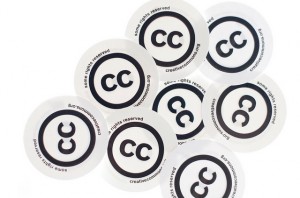
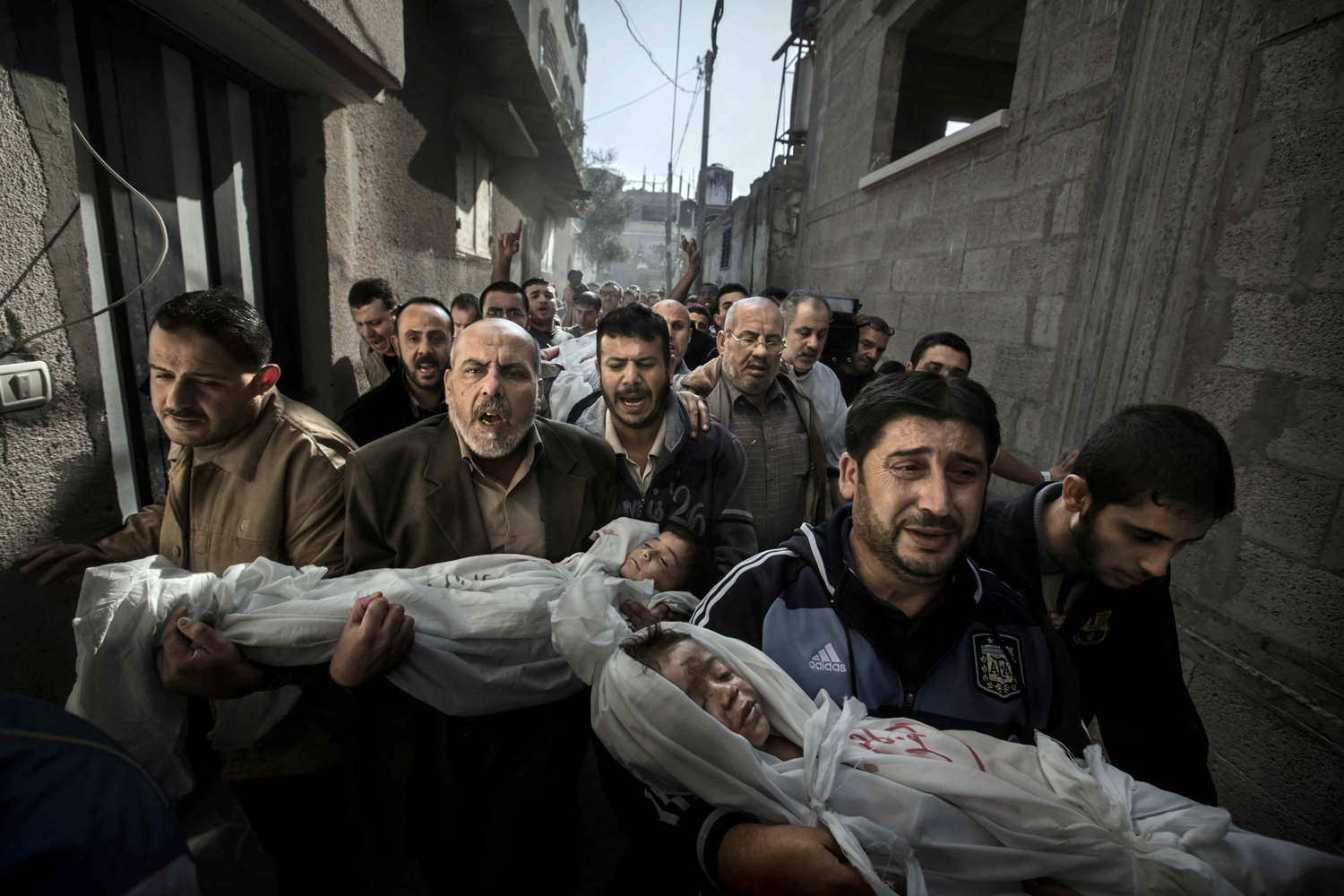

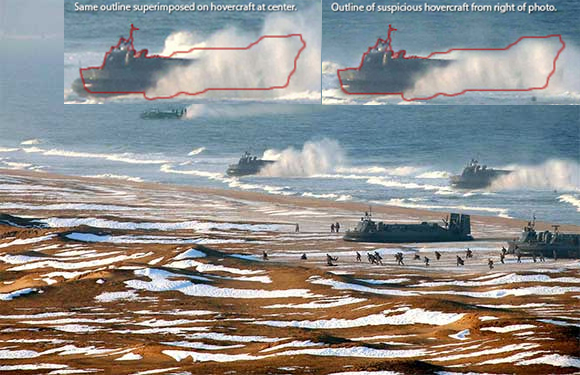
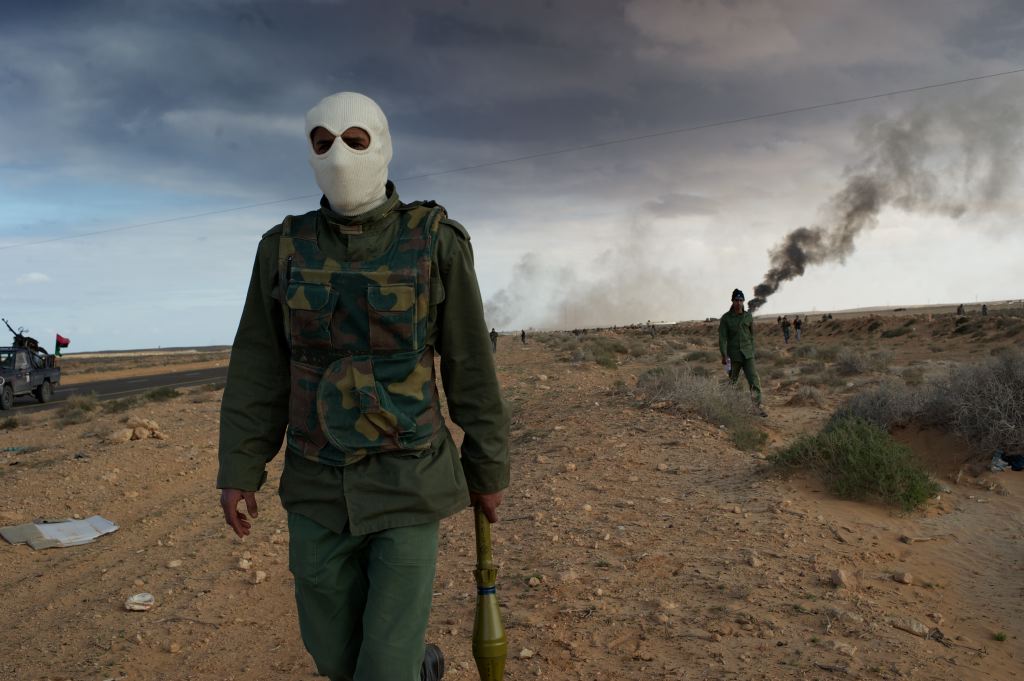




Feedback